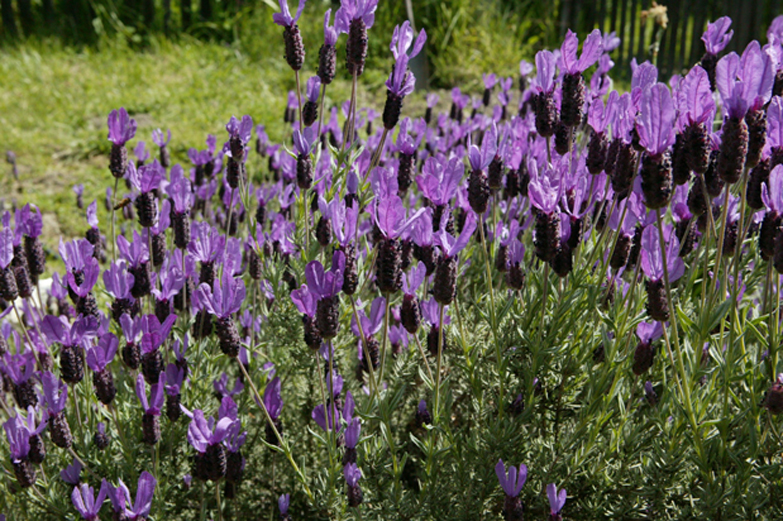Brain physiology
Histamine release is enhanced under extreme conditions such as dehydration or Hypoglycemia or by a variety of stress vectors.
Mast cells release histamine,
C5H9N3
Molecular mass 111.15 g /m
Histamine releasing neurons are located exclusively in the TM of the hypothalamus, from where reactions stem.
Neuromodulator- something ( such as a polypeptide or chain of amino acids) that potentates or inhibits the transmission of a nerve impulse but is not the actual means of transmission itself.
Glucose metabolism influenced by the endocytosis stimulating hormone histamine, and the glucose metabolism regulating hormone insulin. Histamine does not interfere directly with the glucose metabolizing action of insulin, but markedly enhances the utilization of glucose.
Histamine increases phagocytic (intracellular detoxification) activity, whereas insulin has no influence on it.
Insulin antagonizes the phagocytosis stimulating action of histamine after simultaneous exposure, and after pre-exposure two days earlier
Therefore, when high Insulin suppresses histamine , then high histamine constitutions become addicted to high energy fuels , ie. Sugars
High glycemic fuels and alcohol increase Insulin secretion which helps regulate histamine excess constitutions , short term.
Long term the histamine rebound phenomena reclaims it’s territory.
The Hypothalmus regulates homeostasis. It has regulatory areas for stresses such as thirst, hunger, body temperature, ester balance, and blood pressure and links the nervous system to the endocrine system.
Inflammation-
Characterized by the following:
Rubor
Calor
Tumor ( swelling)
Dolor
Functio laesa ( dysfunction of organs)
Mutatio Genii
‘Histamine release enhanced by hypoglycemia’-
The Physiology of brain histamine.
Prog Neurobiol (2001) 63:637-72
High densities found ESP. in hypothalamus and other lummox regions.
Histamine activates four types of receptors:
H1 receptors mainly post-synaptically loaded
and coupled positively to phospholipase C.
H2 receptors are also mainly post-synaptically located and coupled positively to affection cylclase. ( cortisol , adrenal stim)
H3 receptors are exclusively pre-synaptically located and are negatively coupled to adrenyl cyclases.
This means that, post-synaptically adrenal cyclase is stimulated by histamine and pre-synaptically diminished by histamine.
High densities are found in the basal ganglia.
These receptors mediate pre-synaptic inhibition of histamine release as well as release of other neurotransmitters , most likely via inhibition of pre-synaptic calcium channels.
H4- Finally, histamine modulates the glutamate NMDA receptor via an action at the polyamine binding site.
The central histamine system is involved in many CNS functions: arousal, anxiety, activation of sympathetic nervous system; the stress- related release of hormones from the pituitary and of central nervous system functions : arousal, anxiety activation of sympathetic nervous system, the stress related release of hormones from the pituitary and of central aminergic neurotransmitters, antinociception; water retention, and suppression of eating.
A role for the neuronal histamine system as a danger response system is proposed.
Hypoglycemic reactions increase insulin, increase histamine release, diminish glucose , danger response/ cortisol surge with it’s commitment cortisol sequences.
The Holography of Histamine (to be continued)

It is truly a great and helpful piece of info. I am satisfied
that you simply shared this useful info with us. Please keep us up to date like this.
Thanks for sharing.
My family all the time say that I am wasting my time
here at web, but I know I am getting familiarity all the time by reading such nice content.
Today, I went to the beach with my children.
I found a sea shell and gave it to my 4 year old daughter and said “You can hear the ocean if you put this to your ear.” She placed the shell to her
ear and screamed. There was a hermit crab inside and it pinched her ear.
She never wants to go back! LoL I know this is completely off
topic but I had to tell someone!
I can’t tell you have often this happens in Nature, nonetheless, we take a deep breath watch the tides and try again everyday.
D
I blog quite often and I truly thank you for your
information. The article has really peaked my interest.
I will take a note of your blog and keep checking for new details about once per week.
I opted in for your Feed too.